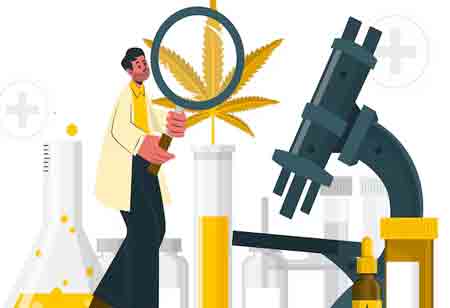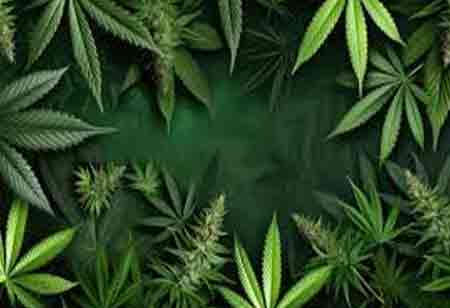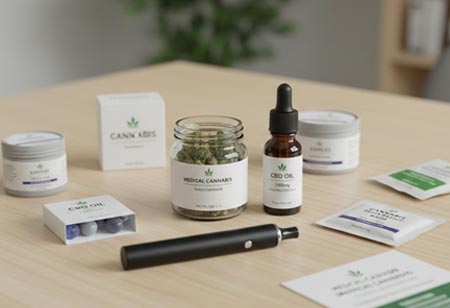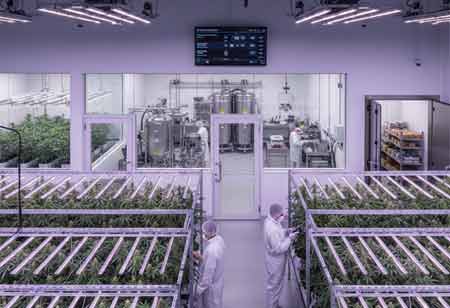Thank you for Subscribing to Cannabis Business Insights Weekly Brief
An In-Depth Guide to the Components of Cannabis Testing
Terpene profile, microbiological contaminants, and potency are some of the major components that are thoroughly examined during the cannabis testing procedure.

By
Cannabis Business Insights | Wednesday, October 22, 2025
Stay ahead of the industry with exclusive feature stories on the top companies, expert insights and the latest news delivered straight to your inbox. Subscribe today.
FREMONT, CA: The cannabis testing process starts with trained laboratory samplers collecting random samples from product batches. These samples are carefully prepared to represent the entire batch accurately, often by grinding them to a uniform consistency for thorough and consistent analysis. Once prepared, the samples are tested alongside control samples, and the resulting data is submitted to analytical systems for further evaluation.
Cannabis products are rigorously tested to guarantee that they satisfy the highest safety and quality standards. Understanding these important components allows both customers and growers to make informed decisions about the products they use and create.
Contaminants: Contaminant testing is a crucial component of cannabis testing, meant to discover and quantify potentially dangerous chemicals that could jeopardize consumer safety. Pesticides, heavy metals, and residual solvents are among the pollutants present. Each type of contamination provides a distinct risk; for example, pesticides and heavy metals can create long-term health problems, whereas solvents can provoke allergic reactions. Ensuring that cannabis products are devoid of these harmful compounds not only protects customers but also helps growers and producers comply with strict regulatory regulations.
Terpene profile: These are aromatic compounds found in cannabis that contribute to its characteristic odor and flavor profile. They play an important role in both the sensory experience of cannabis and its medicinal effects. Common terpenes such as myrcene, limonene, and pinene each provide distinct benefits; for example, myrcene is recognized for its relaxing effects, limonene may improve mood, and pinene may increase alertness. Understanding the terpene profiles of cannabis products enables users to choose strains that best suit their personal preferences and therapeutic needs
Microbiological pollutants: Microbiological contaminants are microscopic organisms that might cause serious health problems if found in cannabis products. These include bacteria, molds, and yeast, all of which can grow in cannabis that has not been properly handled or processed. Testing for microbiological contaminants is critical for ensuring the safety and shelf life of cannabis. High amounts of dangerous bacteria can cause infections or allergic reactions in users, especially those with compromised immune systems. By extensively screening for these bacteria, testing labs can ensure that cannabis products are safe to consume and follow strict health regulations.






